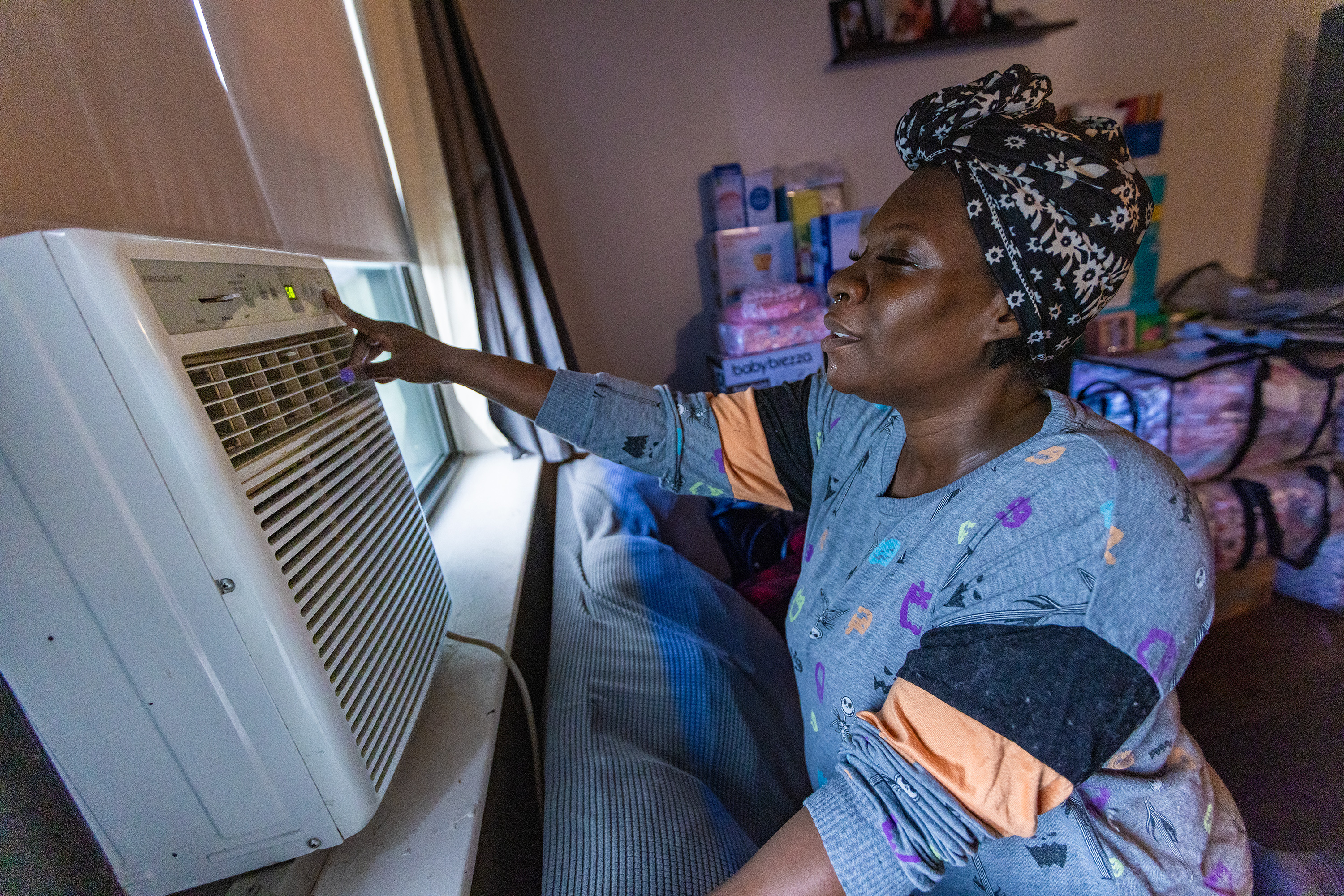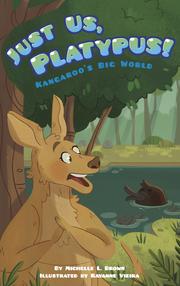Campbell covers a huge expanse of territory as she explores the nexus of culture, cities, and artists. In this wide-ranging book, she examines 15 cities at the moment in time when they generated intense creativity. Some, such as Florence...

Campbell covers a huge expanse of territory as she explores the nexus of culture, cities, and artists. In this wide-ranging book, she examines 15 cities at the moment in time when they generated intense creativity. Some, such as Florence during the Renaissance, are familiar subjects in art history. Others, such as Kyoto in the 11th century and the western African kingdom of Benin from 1500 to 1700, may be new to many readers. Campbell’s chapter titles identify a quality she sees as central to each city and its art during the given period—e.g., faith in 10th century BCE Jerusalem, self-belief in ancient Rome, freedom in pre–World War I Vienna. The author notes that artistic flowerings were made possible by economic booms enabling artists and patrons to escape the daily grind and consider the sublime. In some cases, it was the state or church, usually driven by a legacy-minded leader, that paid for artistic projects. In others, such as New York during the years between 1929 and 1970, artistic rebellion was made possible by the rise of wealthy, philanthropic individuals. Campbell includes one particularly surprising example: Pyongyang, North Korea, in the second half of the 20th century. Pointing to the neo-socialist architecture and ubiquitous images of the ruling Kim dynasty that exemplify art as a form of control, she reminds us that art can have a dark side as well as an aesthetic quality. Campbell explains all this with measured authority but does not offer an overarching theory about cities and art. The book is more like a series of essays than a coherent whole.
















